Home>Technology>Smart Home Devices>How To Use A Stencil Printer
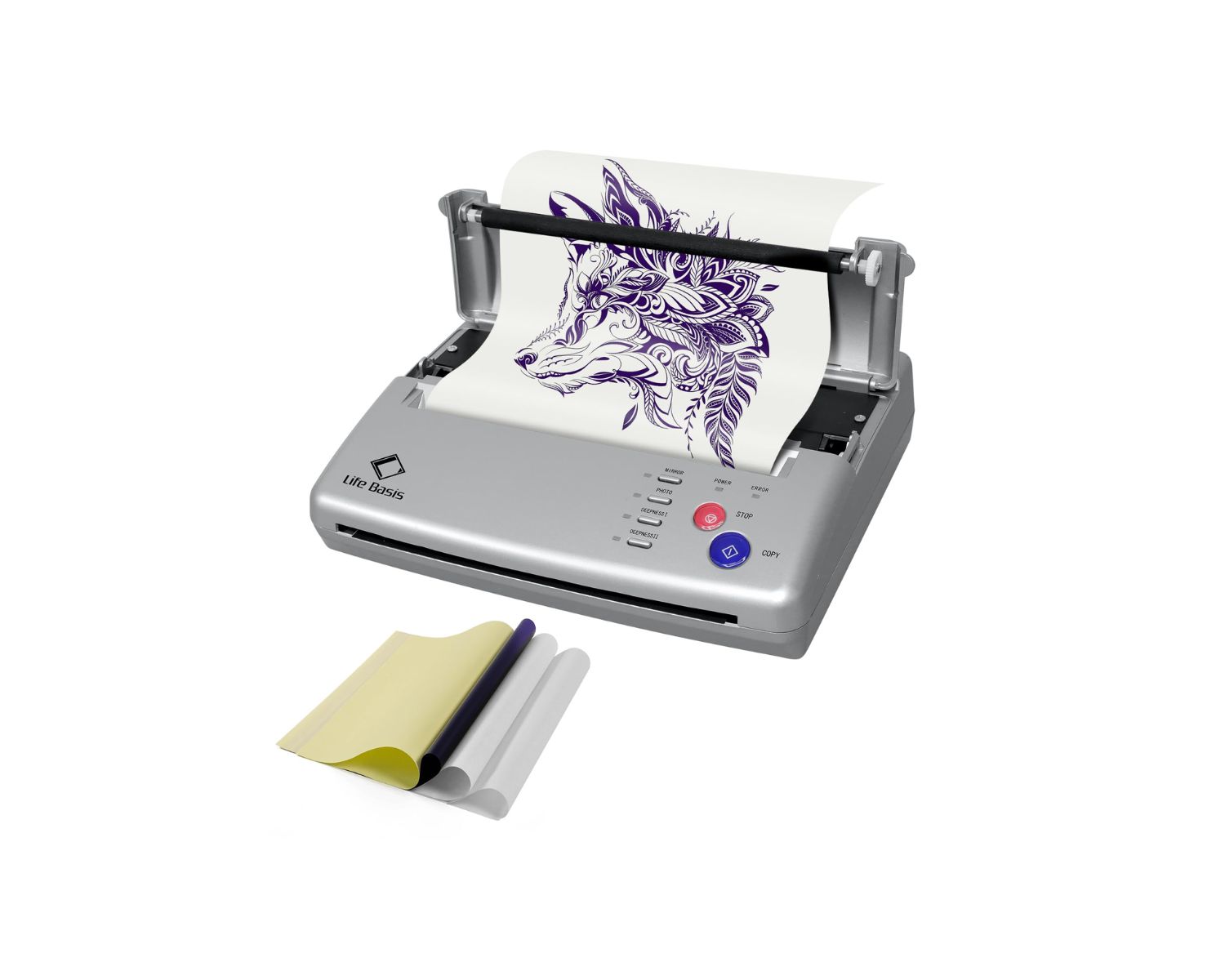

Smart Home Devices
How To Use A Stencil Printer
Published: January 6, 2024
Learn how to efficiently use a stencil printer for creating smart home devices. Discover expert tips and techniques for successful stencil printing.
(Many of the links in this article redirect to a specific reviewed product. Your purchase of these products through affiliate links helps to generate commission for Storables.com, at no extra cost. Learn more)
Introduction
Welcome to the exciting world of stencil printers! Whether you're a seasoned professional or a hobbyist looking to explore the realm of stencil printing, this comprehensive guide will equip you with the knowledge and skills needed to make the most of your stencil printer.
Stencil printers have revolutionized the way we create designs and artwork, offering precision and efficiency that traditional methods simply can't match. From crafting intricate designs on various surfaces to producing professional-quality PCBs, stencil printers are versatile tools with a wide range of applications.
In this guide, we'll delve into the intricacies of stencil printers, covering everything from understanding how they work to setting them up, using them effectively, and maintaining them for optimal performance. By the end of this journey, you'll have a solid grasp of stencil printing techniques and be ready to unleash your creativity with confidence.
So, buckle up and get ready to embark on a captivating exploration of stencil printers, where we'll unravel the mysteries behind these innovative devices and empower you to harness their full potential. Whether you're a DIY enthusiast, a small business owner, or a tech-savvy individual eager to dive into the world of smart home devices, this guide is your gateway to mastering the art of stencil printing.
Key Takeaways:
- Stencil printers are advanced devices that transfer digital designs onto various surfaces with precision. Understanding their setup, operation, and maintenance is crucial for achieving exceptional results in art, PCB production, and labeling.
- By mastering the setup, usage, and maintenance of stencil printers, individuals can unleash their creativity and bring digital designs to life with finesse and accuracy. These versatile devices offer boundless possibilities for DIY projects, small businesses, and tech enthusiasts.
Read more: How To Make A Tattoo Stencil With A Printer
Understanding Stencil Printers
Before diving into the practical aspects of using a stencil printer, it’s essential to grasp the fundamental principles that underpin its functionality. At its core, a stencil printer is a sophisticated device that enables precise and consistent reproduction of designs, patterns, or text onto various surfaces. Whether you’re working on intricate art projects, creating custom PCBs, or labeling components, a stencil printer streamlines the process with unparalleled accuracy.
Stencil printers utilize advanced technology to transfer designs from a digital format onto a physical medium, such as paper, fabric, or even metal surfaces. The heart of a stencil printer lies in its ability to create stencils, which act as templates for transferring the design onto the target surface. These stencils can be made from various materials, including specialized stencil paper, polyester film, or even metal sheets, depending on the specific requirements of the printing task.
One of the key components of a stencil printer is the print head, which governs the precise deposition of ink or other marking substances onto the stencil. This intricate process demands meticulous calibration and fine-tuning to ensure that the design is faithfully reproduced with consistent quality. Additionally, stencil printers often incorporate advanced software interfaces that enable users to manipulate and customize their designs with remarkable flexibility before initiating the printing process.
Whether it’s a small-scale DIY project or a large-scale industrial application, understanding the capabilities and limitations of stencil printers is crucial for achieving optimal results. By familiarizing yourself with the inner workings of these devices, you’ll be better equipped to harness their potential and explore the boundless creative possibilities they offer.
Setting Up the Stencil Printer
Setting up a stencil printer for optimal performance involves a series of essential steps that lay the foundation for seamless printing operations. Whether you’ve just unboxed a brand-new stencil printer or are preparing to use an existing one for a specific project, meticulous attention to the setup process is key to ensuring consistent and high-quality results.
The first step in setting up a stencil printer is to carefully unpack and inspect the device, ensuring that all components are present and undamaged. Once this initial check is complete, it’s crucial to identify an appropriate location for the printer, taking into account factors such as ventilation, accessibility, and proximity to power sources and other essential equipment.
Next, the printer must be securely positioned on a stable surface, ideally a level workbench or table, to prevent any vibrations or movement during the printing process. It’s also important to verify that the printer is placed within reach of a reliable power supply and that all necessary cables and connections are readily accessible.
After physically positioning the stencil printer, the next step is to calibrate and configure its settings according to the specific requirements of the intended printing task. This involves adjusting parameters such as print head alignment, ink or toner levels, and print resolution to ensure optimal output quality. Additionally, if the printer is equipped with specialized software, familiarizing oneself with its interface and settings is essential for seamless operation.
Furthermore, loading the appropriate stencil material into the printer and ensuring that it is securely fastened is a critical aspect of the setup process. Whether using stencil paper, film, or other materials, following the manufacturer’s guidelines for loading and securing the stencil is vital for consistent and accurate printing.
Finally, conducting a comprehensive test print to verify the printer’s functionality and output quality is an indispensable part of the setup process. This allows any potential issues to be identified and resolved before commencing actual printing tasks, thereby minimizing wastage of materials and time.
By meticulously following these steps and paying close attention to detail during the setup process, users can optimize the performance of their stencil printers and lay the groundwork for successful and efficient printing operations.
When using a stencil printer, make sure to secure the stencil firmly in place to prevent smudging or shifting during printing. This will help ensure clean and precise results.
Using the Stencil Printer
Once the stencil printer is set up and ready for action, it’s time to dive into the exciting process of utilizing this versatile device to bring your designs to life. Whether you’re creating intricate artwork, producing custom PCBs, or adding professional labels to various surfaces, understanding how to effectively operate the stencil printer is essential for achieving exceptional results.
The first step in using a stencil printer involves preparing the digital design or pattern that will be transferred onto the stencil. This may entail creating the design from scratch using specialized software or importing existing designs for printing. It’s important to ensure that the design dimensions and specifications align with the capabilities of the stencil printer, taking into account factors such as print area, resolution, and stencil material compatibility.
Once the design is ready, it’s time to initiate the printing process. This typically involves sending the design file to the stencil printer, where it undergoes a series of precise operations to create the stencil. Depending on the complexity of the design and the capabilities of the printer, this process may involve multiple passes to ensure accurate reproduction of the design onto the stencil material.
After the stencil is created, it must be carefully inspected to verify that the design has been faithfully reproduced with the desired level of detail and precision. Any imperfections or inconsistencies should be addressed before proceeding to the next stage of the printing process.
With the stencil ready for use, it’s time to position it on the target surface and commence the printing operation. This may involve securing the stencil in place to prevent movement during printing and ensuring that the printer is calibrated for optimal alignment and ink deposition. Depending on the specific requirements of the printing task, additional considerations such as ink or toner type, print speed, and curing processes may come into play.
Throughout the printing process, it’s important to monitor the output closely, making any necessary adjustments to maintain the desired print quality. Once the printing is complete, the stencil can be carefully removed to reveal the finished design on the target surface, marking the successful culmination of the stencil printing process.
By understanding the intricacies of using a stencil printer and paying attention to the nuances of the printing process, users can harness the full potential of these remarkable devices to bring their creative visions to fruition with precision and finesse.
Maintaining the Stencil Printer
Proper maintenance is essential for preserving the performance and longevity of a stencil printer, ensuring that it continues to deliver consistent and high-quality results over time. By implementing a proactive maintenance regimen, users can mitigate potential issues, optimize the printer’s functionality, and extend its lifespan, ultimately maximizing the return on investment and minimizing downtime.
Regular cleaning and upkeep of the stencil printer’s components are fundamental aspects of maintenance. This includes routine cleaning of the print head, platen, and other critical parts to prevent the accumulation of dust, ink residue, or other contaminants that could compromise printing quality. Additionally, inspecting and, if necessary, replacing consumable components such as ink cartridges, toner, and stencil materials is vital for uninterrupted printing operations.
Calibration and alignment checks are integral to maintaining the precision and accuracy of the stencil printer. Periodically verifying the alignment of the print head, ensuring consistent ink deposition, and fine-tuning other settings can help address any deviations that may affect print quality. Furthermore, updating the printer’s firmware and software as recommended by the manufacturer can introduce performance enhancements and resolve potential compatibility issues.
Regularly inspecting the printer for signs of wear and tear, mechanical issues, or other anomalies is crucial for preemptively addressing potential malfunctions. This proactive approach allows users to identify and rectify emerging issues before they escalate, minimizing the risk of unexpected breakdowns and costly repairs.
Environmental factors such as temperature, humidity, and exposure to dust or debris can impact the performance of a stencil printer. Therefore, ensuring that the printer is situated in a suitable environment, free from excessive moisture, temperature extremes, and airborne particles, can contribute to its long-term reliability and stability.
Lastly, adhering to the manufacturer’s recommended maintenance schedule and guidelines is paramount for preserving the warranty coverage and ensuring that the stencil printer operates within specified parameters. By following these guidelines, users can uphold the printer’s performance and safeguard against potential issues that may arise from neglect or improper maintenance.
By prioritizing regular maintenance and adopting a proactive approach to care for the stencil printer, users can uphold its functionality and reliability, enabling continued production of high-quality prints and minimizing the risk of unexpected downtime or performance degradation.
Read more: How To Use Quilt Stencils
Conclusion
As we conclude our exploration of stencil printers, it’s evident that these innovative devices have transcended traditional printing methods, offering unparalleled precision, versatility, and efficiency. Whether you’re a creative enthusiast, a tech aficionado, or a professional seeking to streamline production processes, the capabilities of stencil printers are boundless, empowering users to bring their designs to life with remarkable accuracy and finesse.
Throughout this guide, we’ve delved into the intricacies of stencil printers, from understanding their fundamental principles to setting them up, using them effectively, and maintaining them for optimal performance. By unraveling the mysteries behind stencil printing and providing insights into the practical aspects of operating these devices, we’ve aimed to equip you with the knowledge and skills needed to harness the full potential of stencil printers.
From the meticulous setup process to the intricate art of utilizing stencil printers for diverse printing tasks, we’ve explored the nuances of operating these devices with finesse and precision. By emphasizing the importance of maintenance and proactive care, we’ve underscored the significance of preserving the performance and longevity of stencil printers, ensuring that they continue to deliver exceptional results over time.
As you embark on your journey with stencil printers, whether for personal projects, professional endeavors, or creative pursuits, we encourage you to embrace the endless possibilities they offer. Let your imagination soar as you leverage the capabilities of stencil printers to craft captivating designs, produce custom PCBs, or add professional labels to your creations.
Ultimately, stencil printers stand as a testament to the seamless fusion of technology and creativity, enabling individuals to transform digital designs into tangible, real-world manifestations with unparalleled precision. As you embark on your stencil printing endeavors, may this guide serve as a valuable companion, empowering you to unlock the full potential of these remarkable devices and embark on a captivating journey of creativity and innovation.
Frequently Asked Questions about How To Use A Stencil Printer
Was this page helpful?
At Storables.com, we guarantee accurate and reliable information. Our content, validated by Expert Board Contributors, is crafted following stringent Editorial Policies. We're committed to providing you with well-researched, expert-backed insights for all your informational needs.
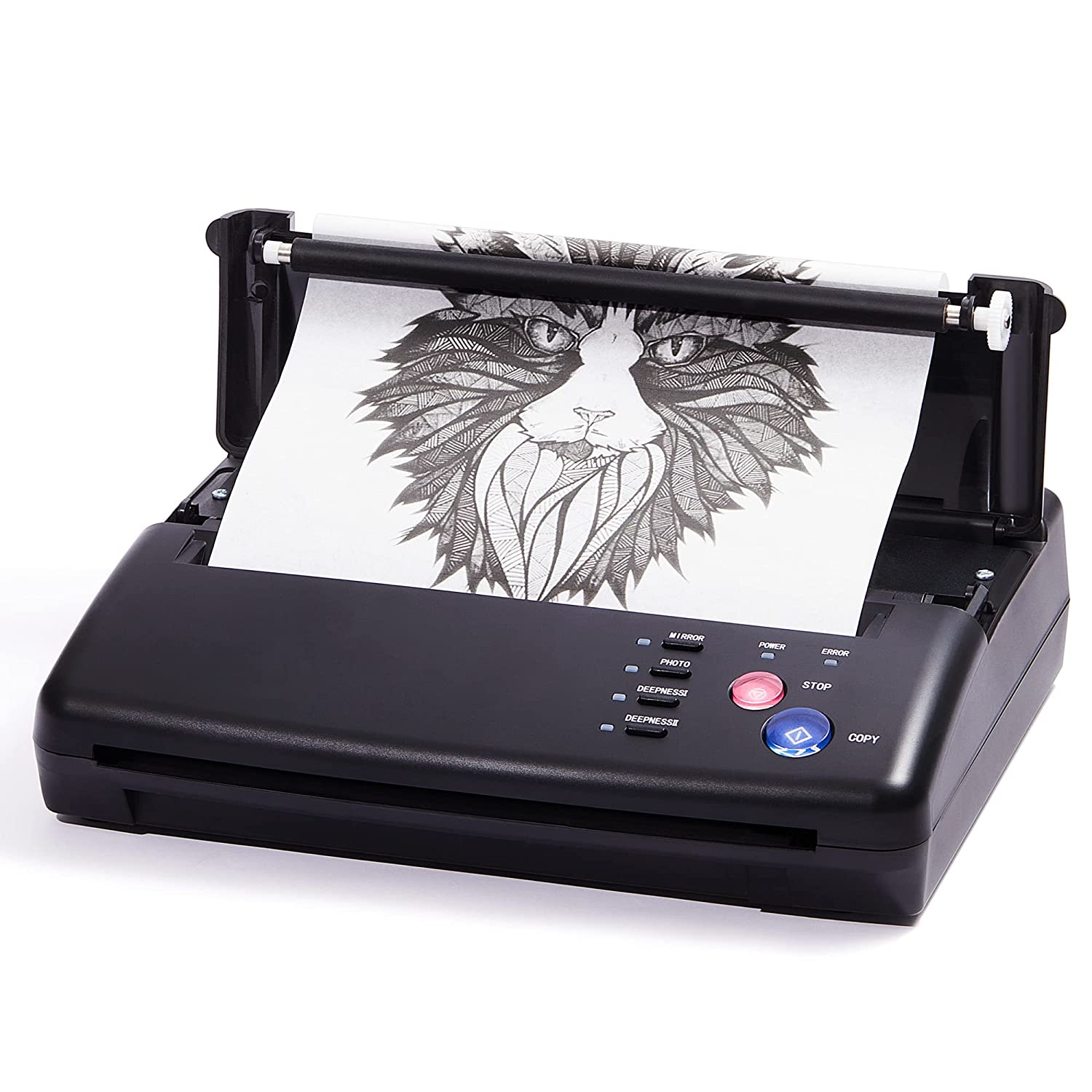


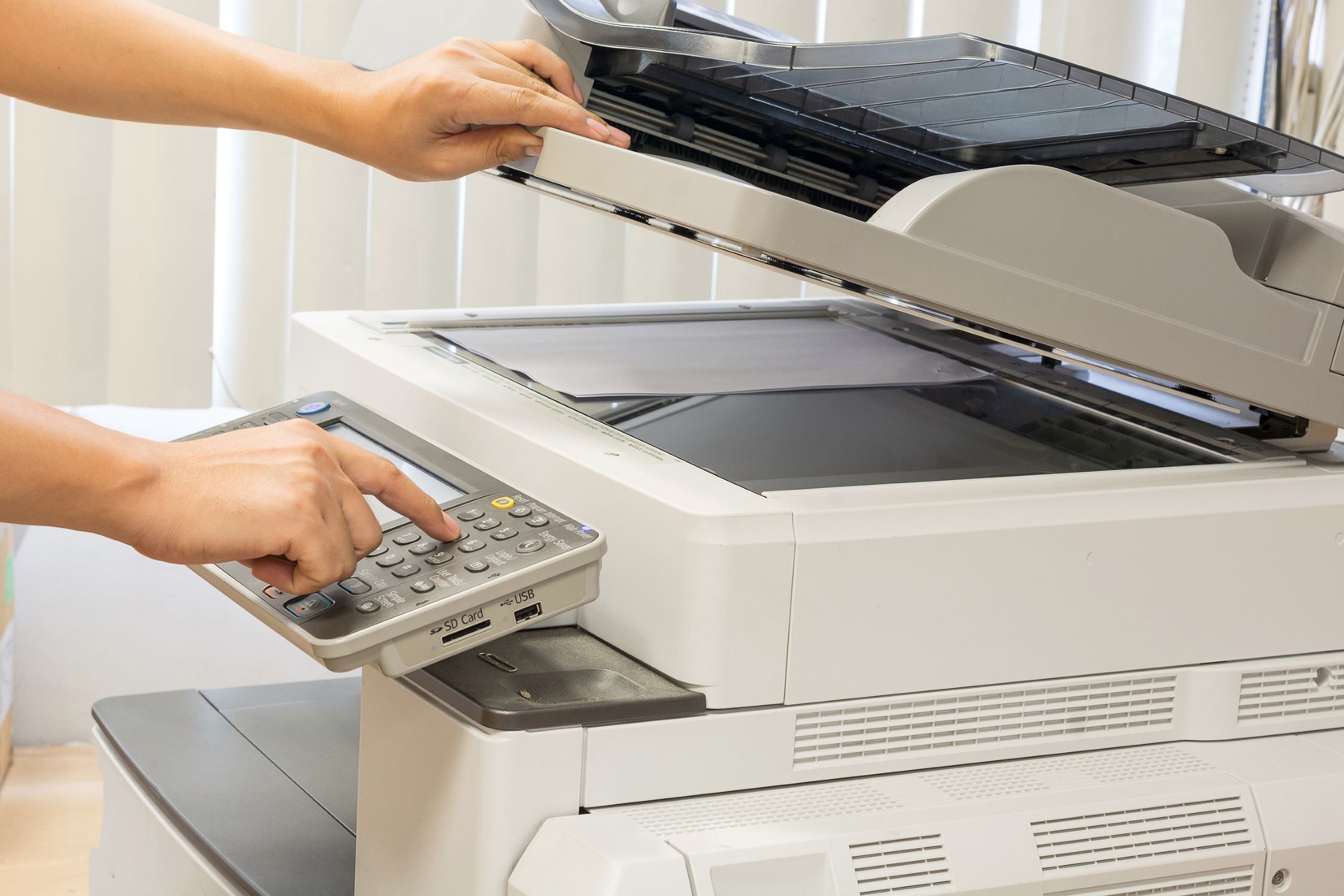
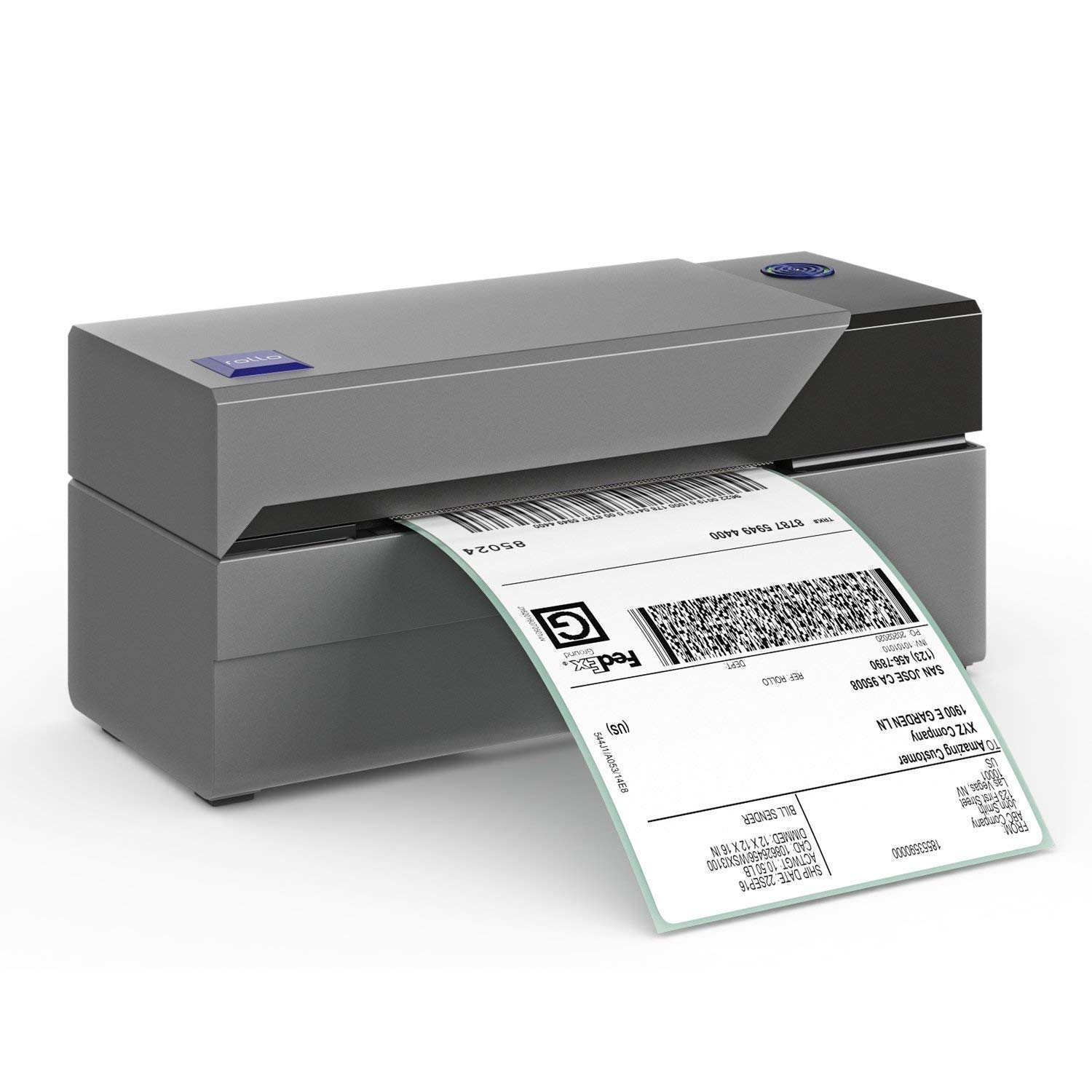
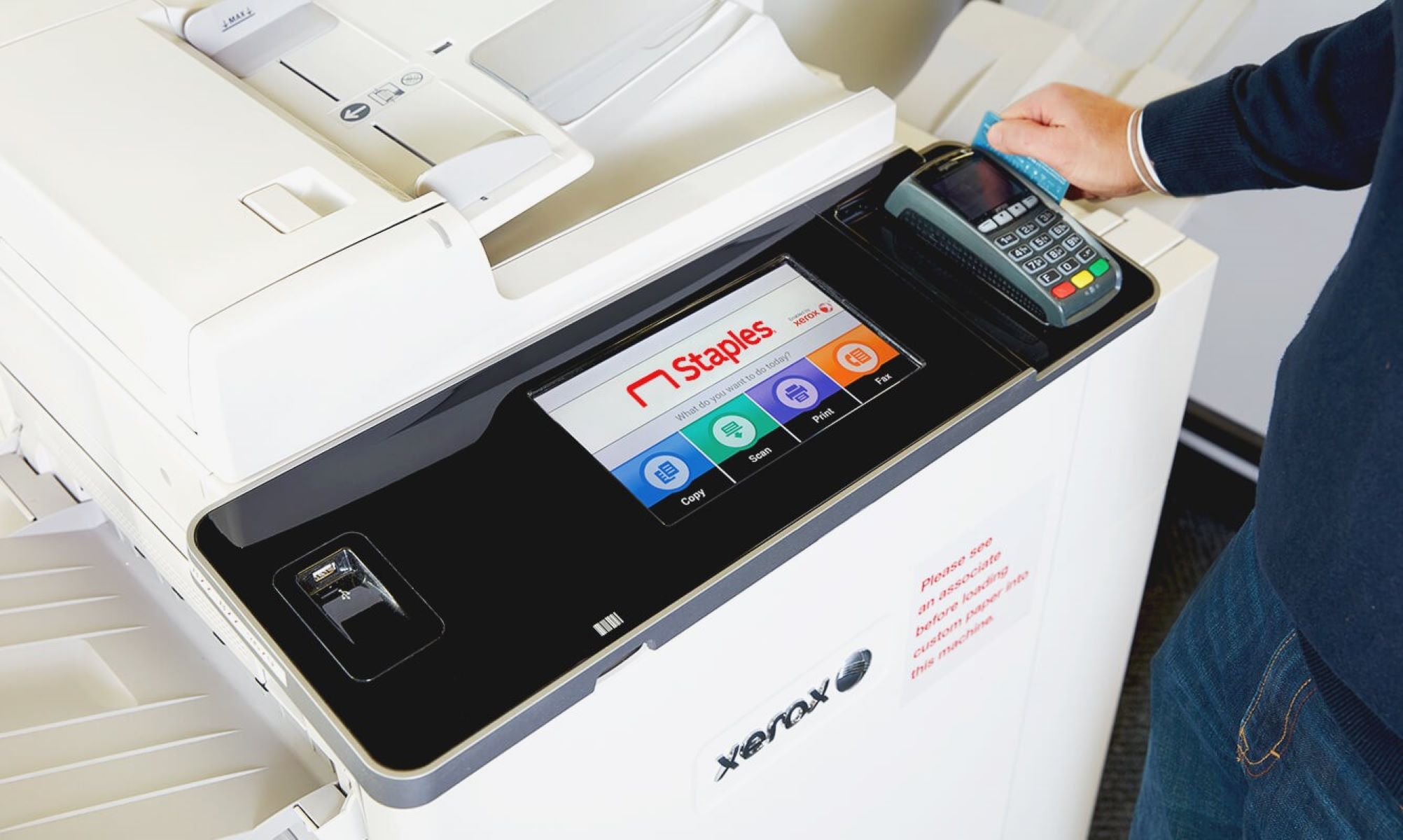
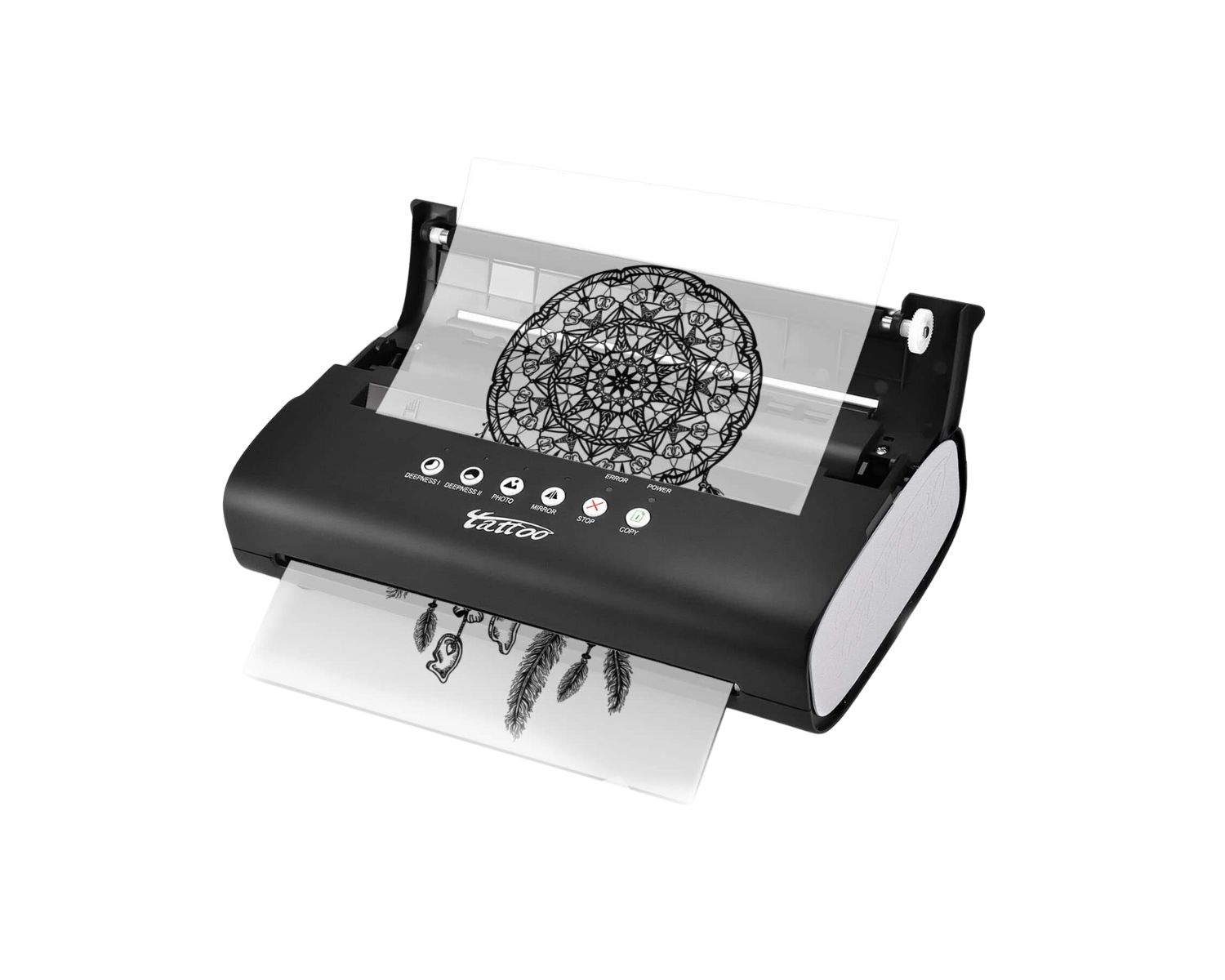
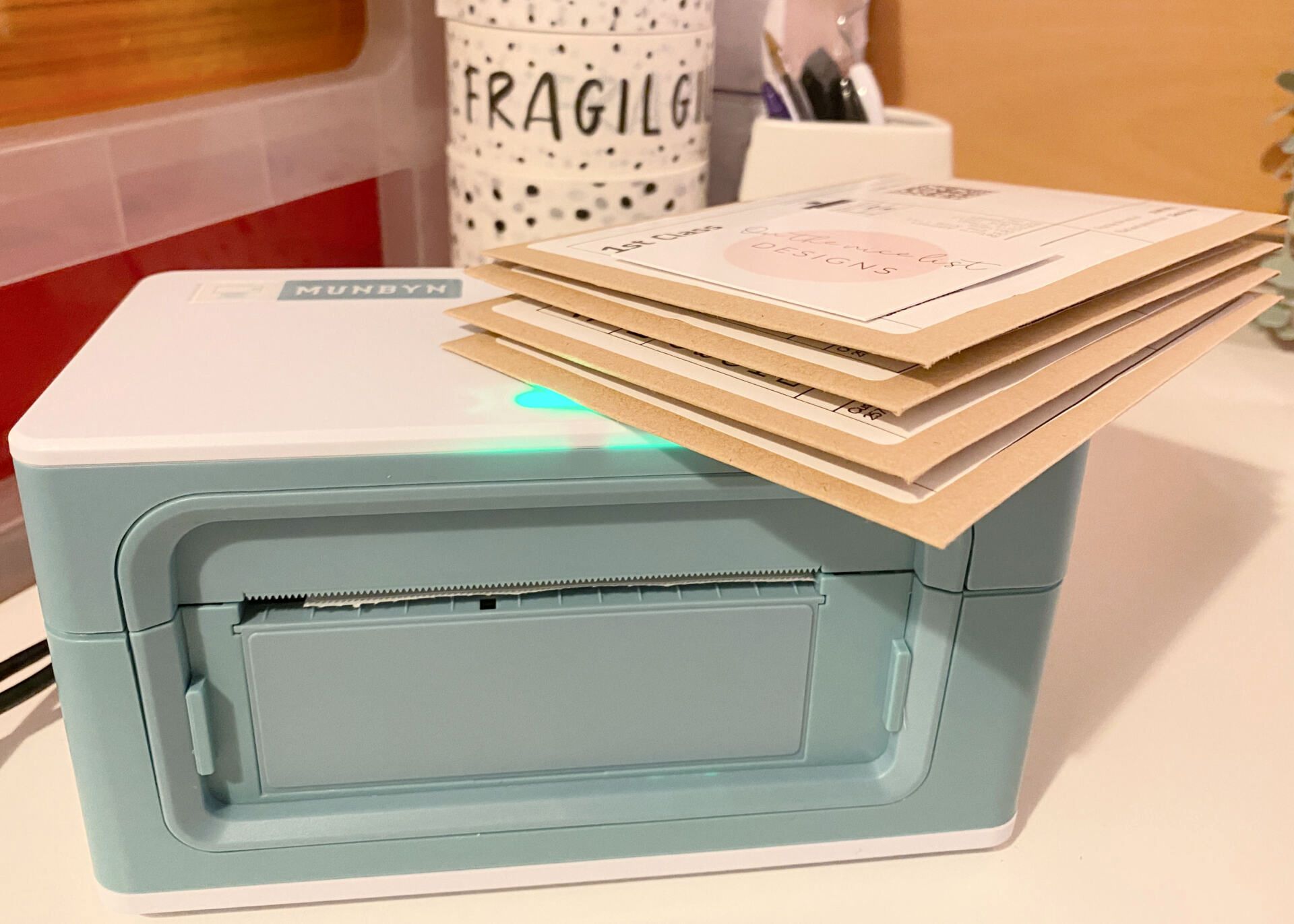


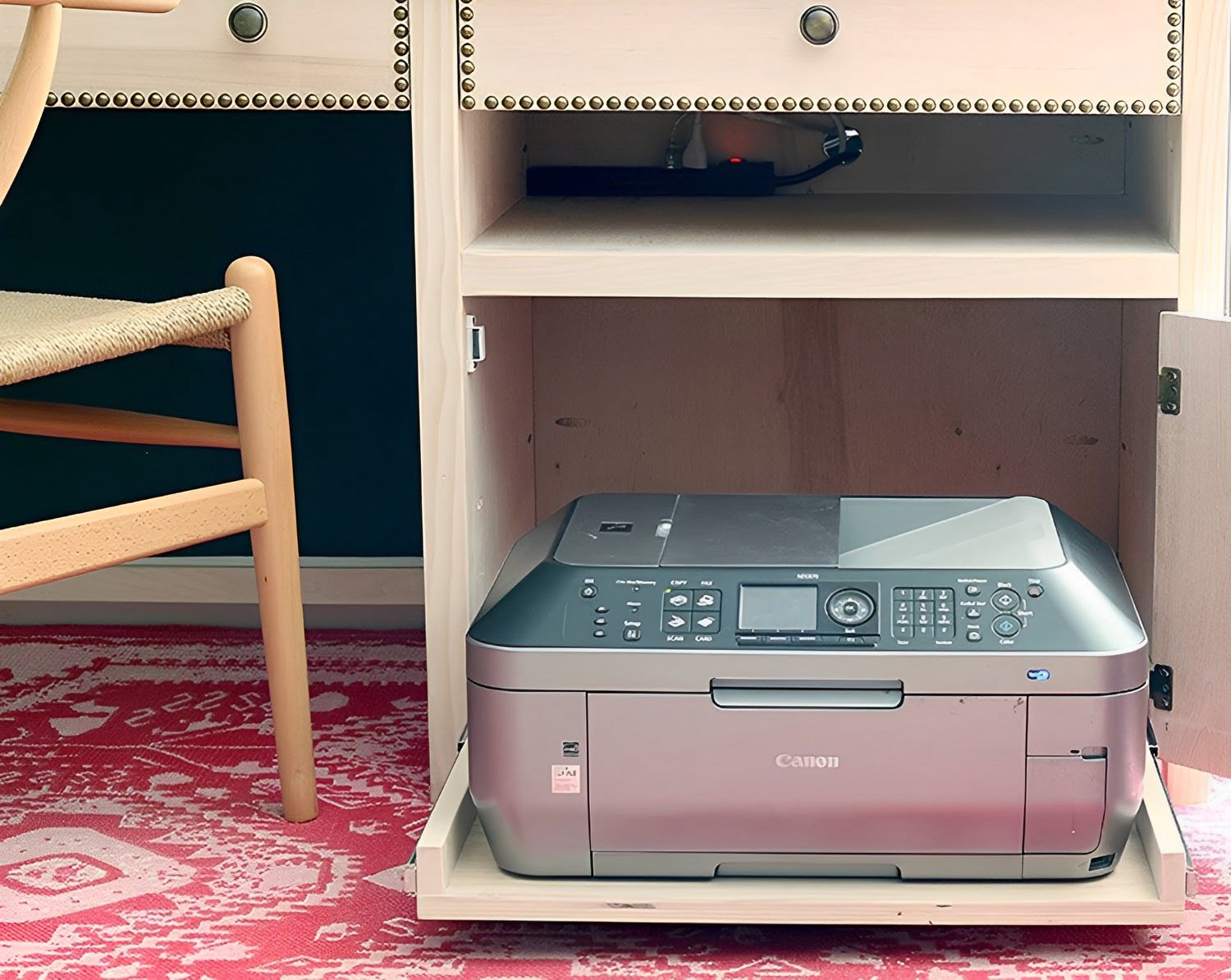
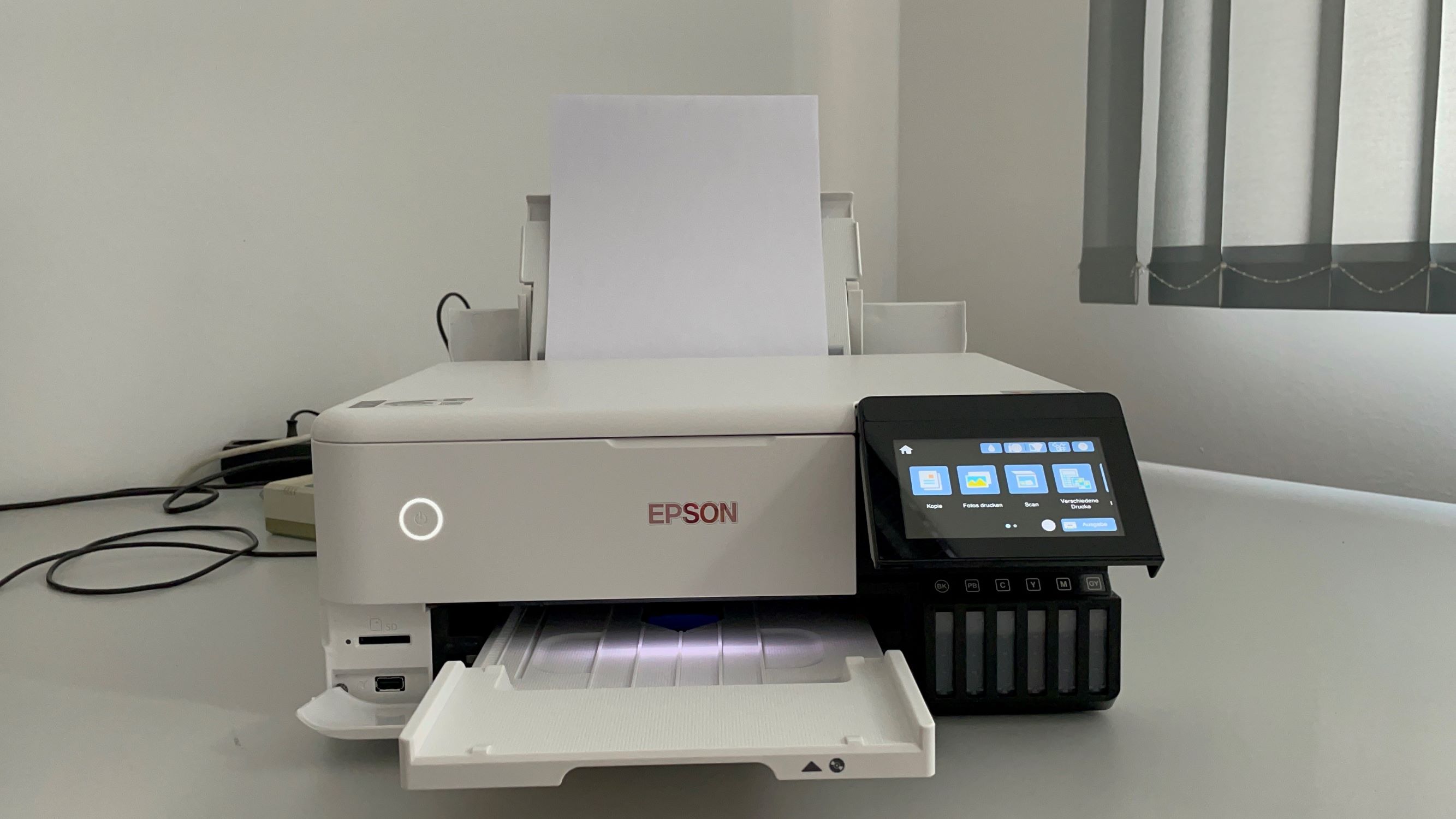
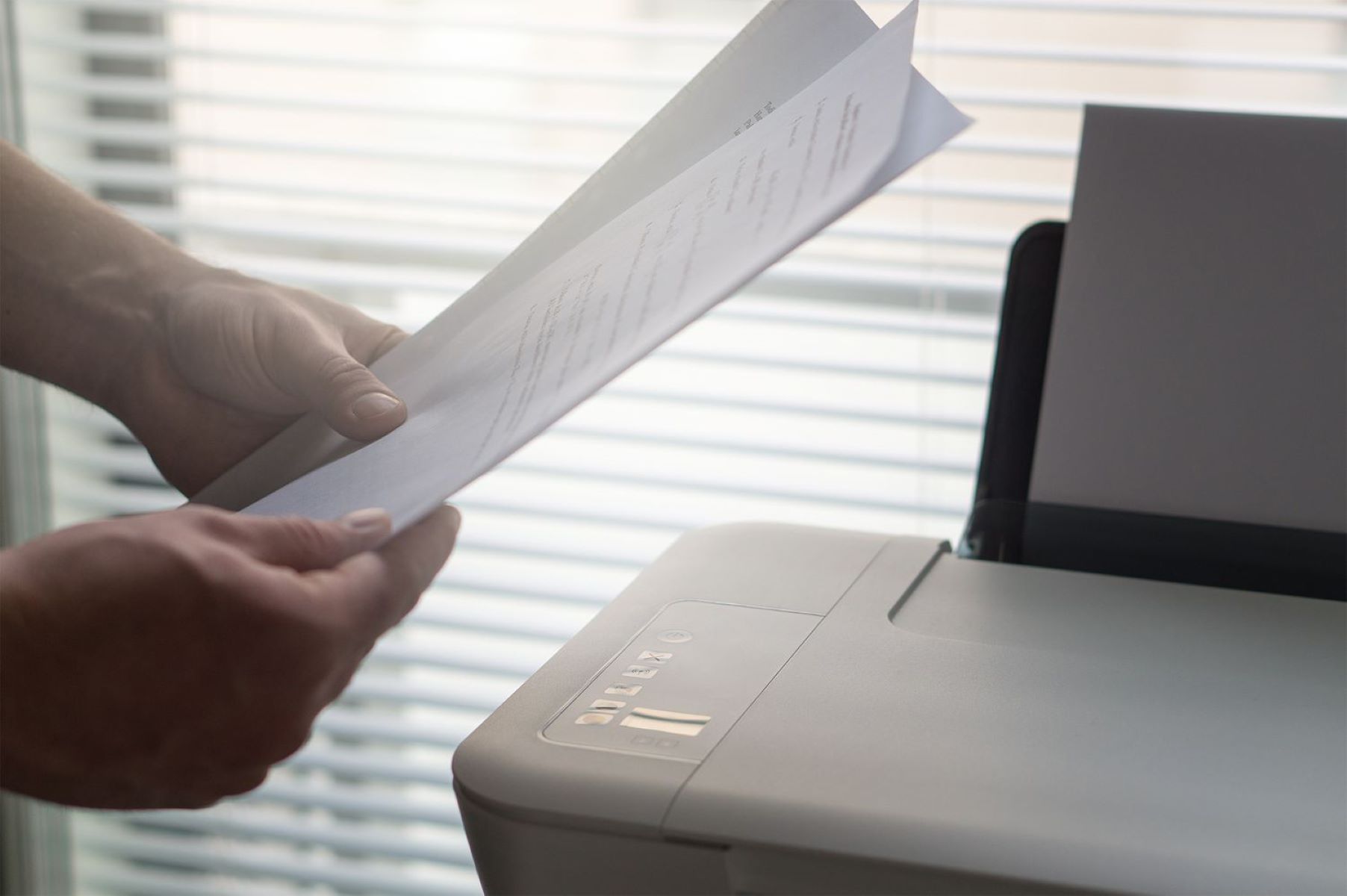
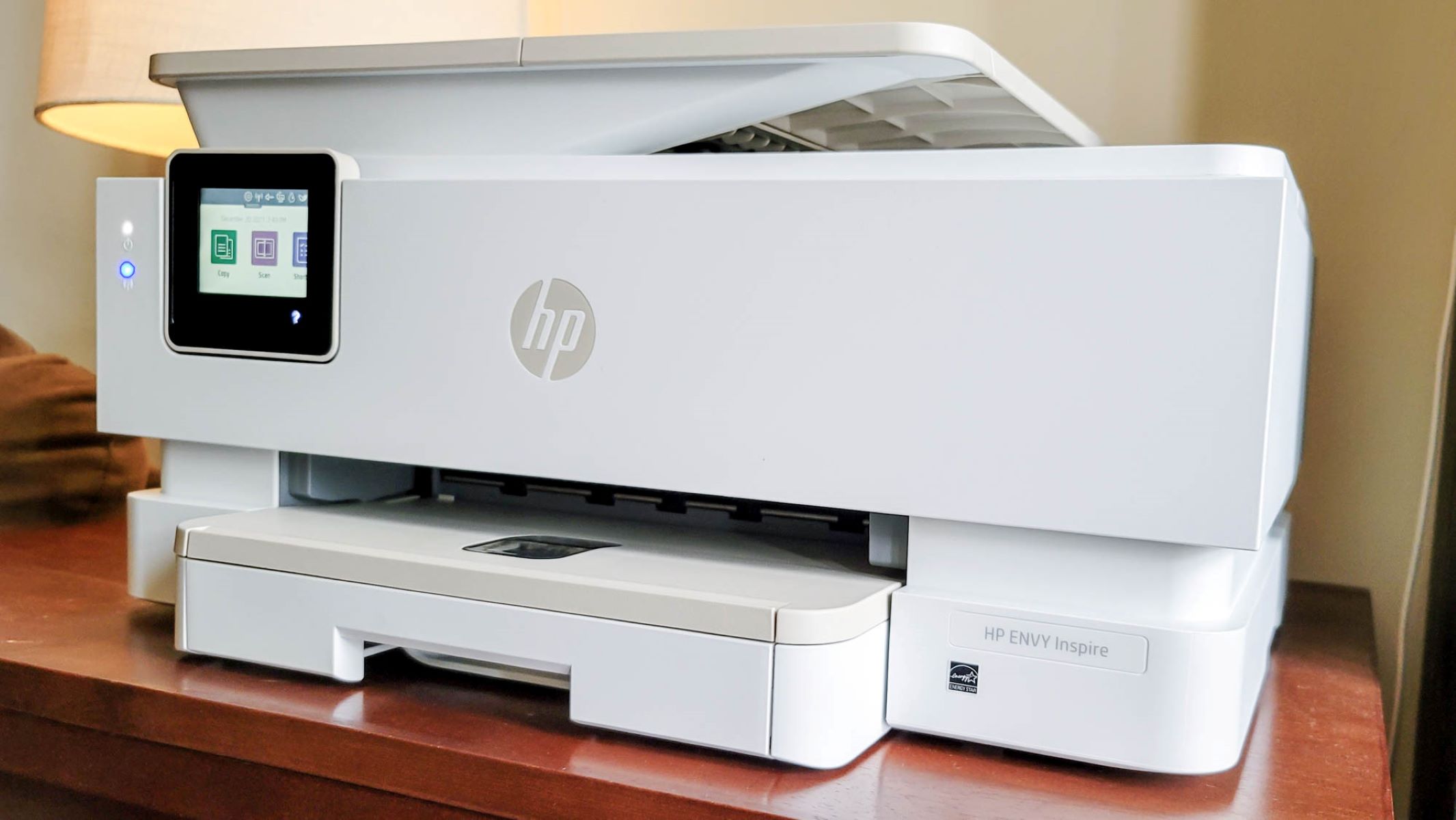

0 thoughts on “How To Use A Stencil Printer”